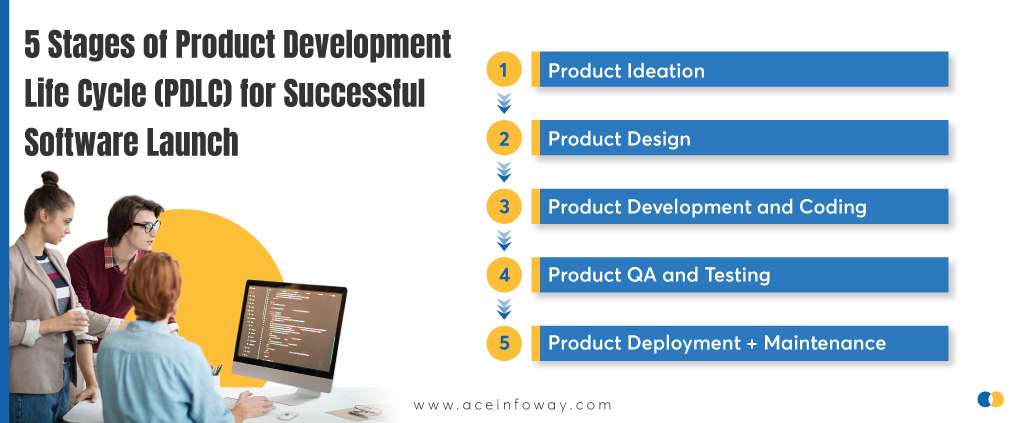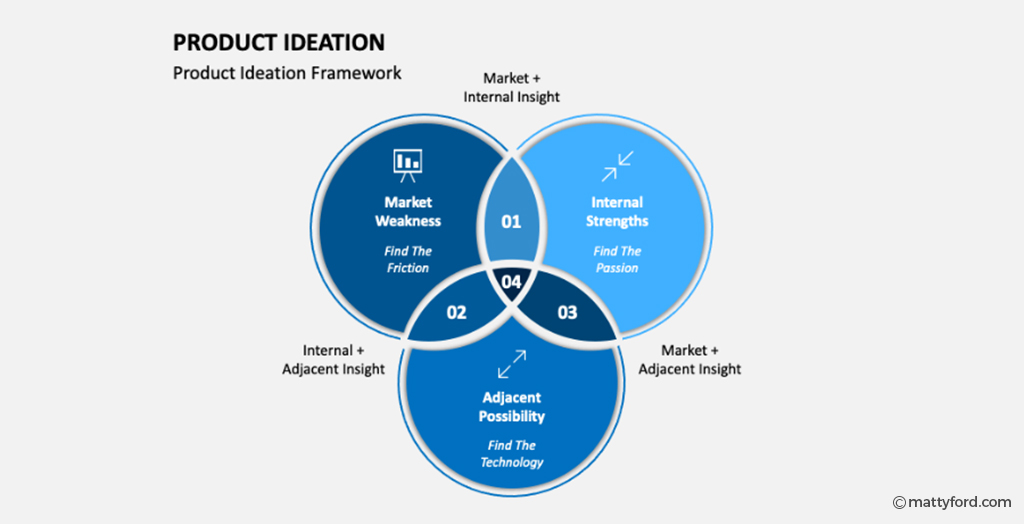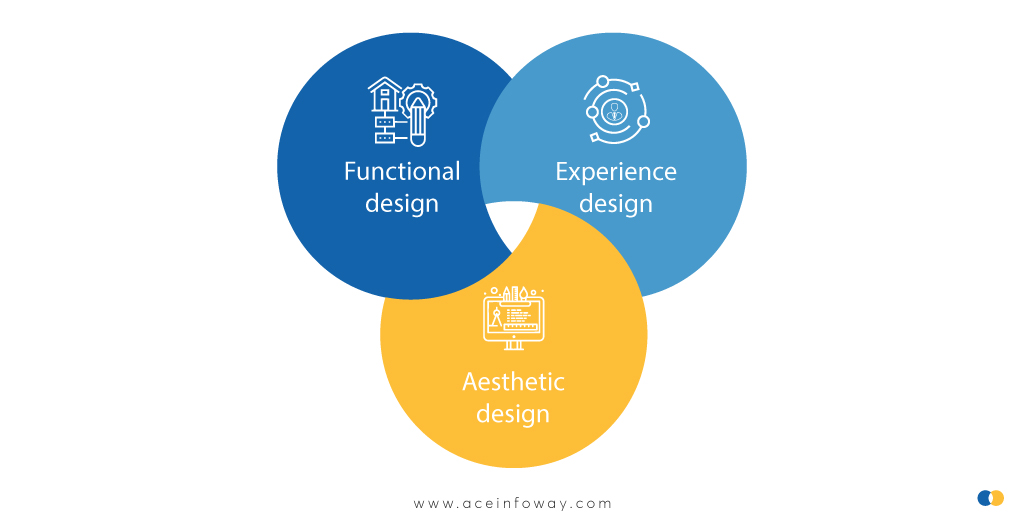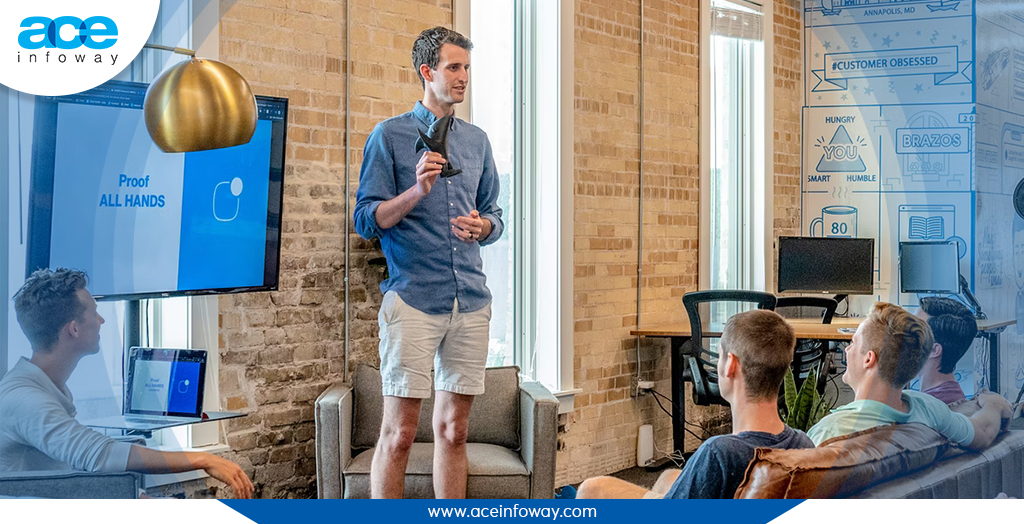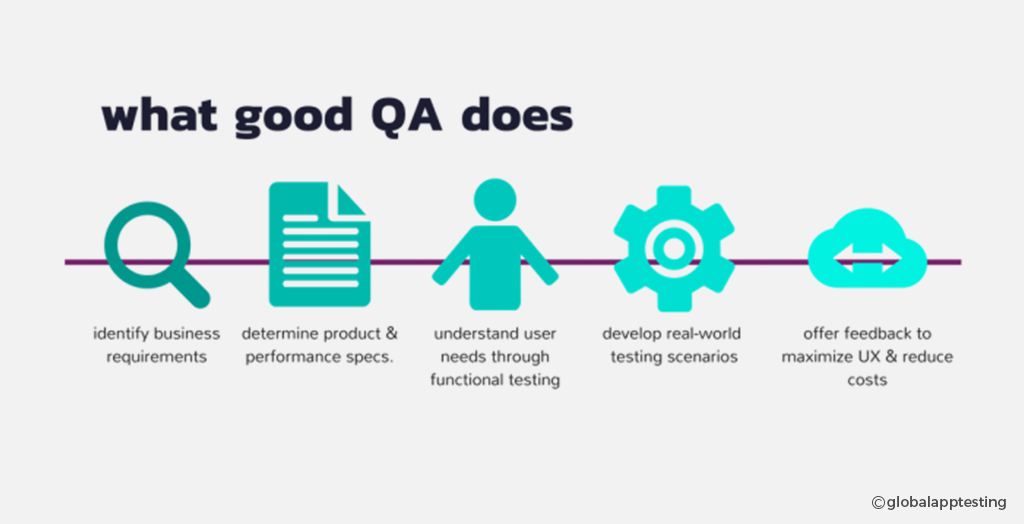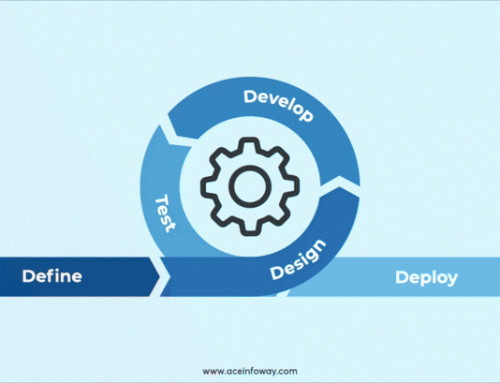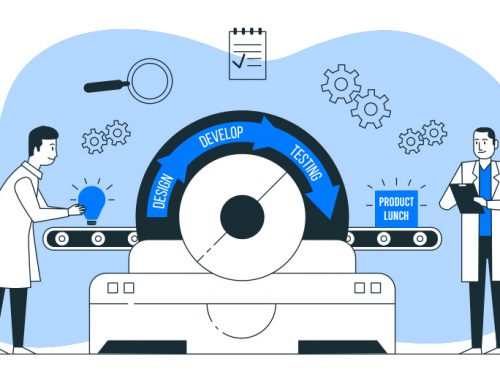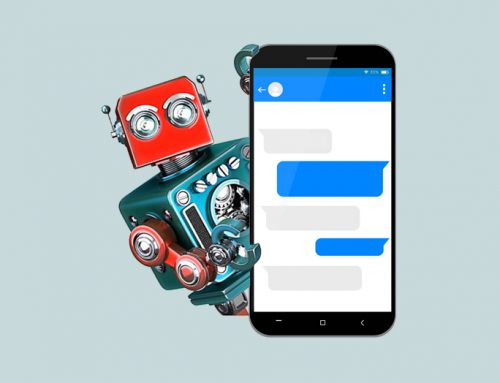Table of Contents
The software development industry is a multi-billion dollar and fast-changing industry. As per Statista, Revenue in the Software market is projected to reach US$ 626.50 bn in 2022.
Over the past few years, there has been a sharp increase in the demand for software engineers who provide solutions to various software problems as more and more organizations undergo digital transformation. Software development changes rapidly as technology — such as low-code/no-code platforms, machine learning operations, DevSecOps, digital experiences, PWAs, IT automation, cloud integration, and serverless computing. To stay in the present, you not only need to consider the current state of technology, but you also need to look ahead.
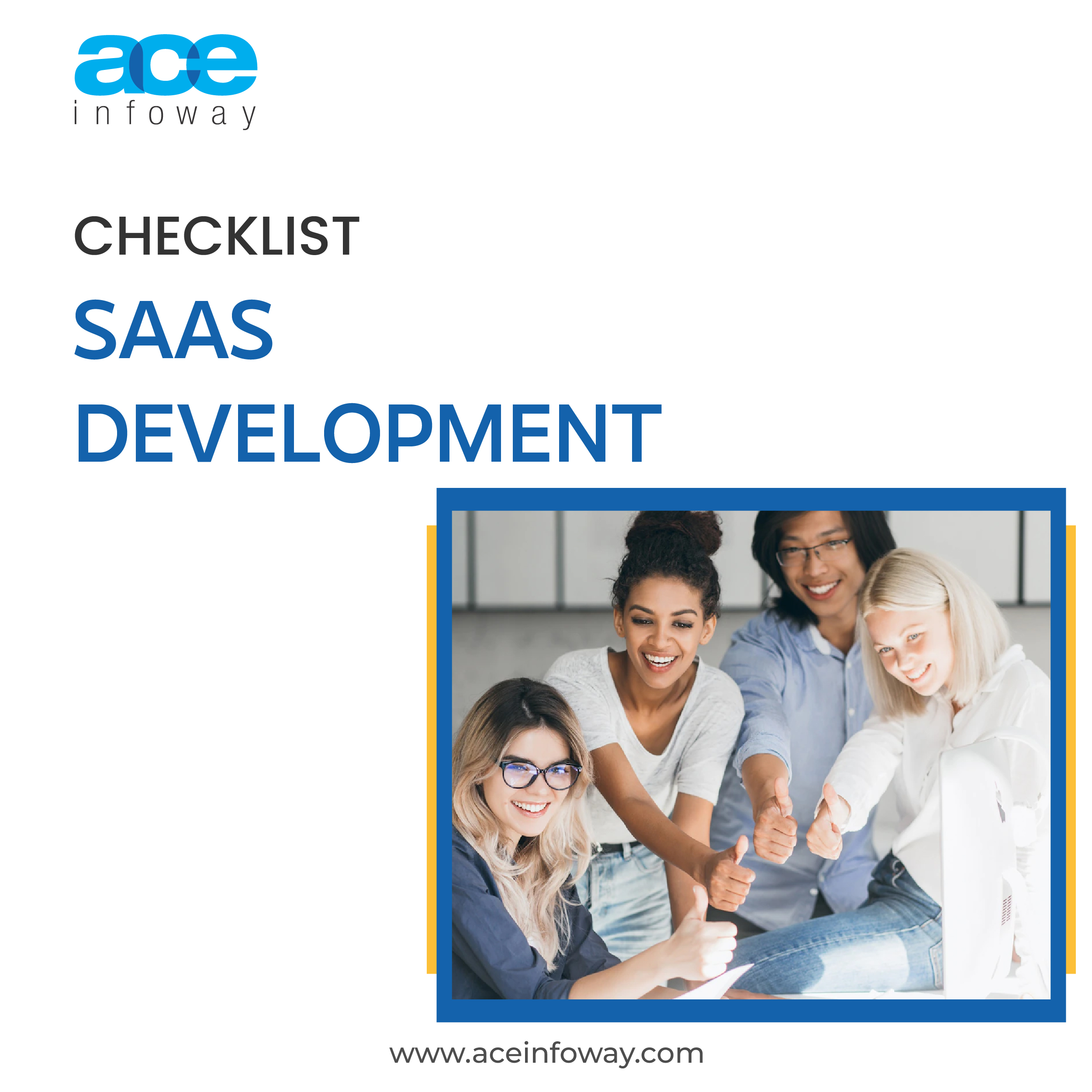
The Ultimate Checklist for Building An Incredible SaaS Product
Get your free copy
This post will help you in understanding the software product engineering process as a whole and guide you on how software development companies can help you manage the challenges you face during the process.
In particular, software product engineering ranges beyond writing codes and emphasizes technical brilliance.
Software product engineering includes ideation, design, development, testing, and deployment. It is inevitable to gear up every phase to match all-time high software demand in recent times. However, software product engineering service providers can make things easier.
5 Stages of Product Development Life Cycle (PDLC) for Successful Software Launch
1. Product Ideation
The initial and most important stage for any software development project is research and ideation. Our research accounts for about 30% of all development processes; The other 70% is divided among the remaining four steps.
Before doing any technical research, start by researching the market elements:
- Current and Future Trends
- Customer Requirements
- Emerging Market Demand
- Potential Occupational Risk
- Market Competitors
Based on market research and customer needs, the creative process begins with all catered ideas in one place. During deliberation, experts brainstorm these ideas. Some may be new or revolutionary, and others may be improvements to existing solutions. The software development team continues to analyze ideas and combine them to create a solution that meets the needs and expectations of the client.
Also, various needs may emerge during the process that the customer was never aware of, and establishing these unfulfilled needs adds value, so the time spent hashing ideas is well spent. Although there may be many seemingly ridiculous ideas, there are usually one or two gems waiting to be discovered, or some improvements to the existing concept.
2. Product Design
When all the ideas have been shortlisted, the designing sprint begins. The next step for companies is to start creating graphic concepts for the product.
Create a low-fidelity prototype, which is the beginning concept of the design process to test its various structures and workflows. This is one of the most important steps as it will help you understand how your product will actually look.
Now, the actual product design process starts by Brainstorming the human-centered design phase. Firstly, UX designers and researchers look at the problem space and pinpoint the problems that need to be solved. Furthermore, they determine a direction for the next step in the product design process based on the gathered insights.
Software Product Design Covers:
- Wireframing
- Low-fidelity Mockup
- Visual, Interaction, and User Interface (UI)
- Interactive User Experience (UX)
In a good design process, business requirements meet user needs, Which are possibly satisfied within the technical possibilities.
3. Product Development and Coding
The development phase is about writing code and turning design documentation into actual software within the software product development process. This stage of development is the longest as it is the backbone of the whole process. Software developers ensure that their code meets the specifications of the software requirements, conforms to the needs of the stakeholders, etc.
The development phase begins with providing a statement of work (SOW). Written by a project manager, this document describes in detail the why, when, how, and what needs to be done. It delves into everything from schedules, standards, and payments to development services provided during your project life cycle.
With a well-written SOW, you are always in the loop about where your product is going. It enhances the project management experience by setting a standardized way of handling things and ensuring that all teams follow the same path towards a successful launch.
4. Product QA and Testing
Practice makes perfect, doesn’t it? No. In software development, it is testing that makes any software perfect. It starts as soon as the first line of code is written and continues until your product goes live. However, each development cycle is divided into smaller phases called sprints.
Particularly in this stage, the product undergoes stringent quality checks to certify that the developed product meets the design specifications, and has high usability and UX quotient.
A well-defined QA plan describes the scope of testing and the actions to be taken to deliver a flawless product. We apply this approach to fine-tune our focus during the development phase:
- Unit Testing
- Integration Testing
- System Testing
- Acceptance Testing
Some of the QA & testing services commonly offered by professional organizations include –
- End-to-end testing
- Test automation
- Performance testing
5. Product Deployment + Maintenance
Once the product is developed, it is released to the market and is monitored to develop user feedback and market trends. The product is then refined or enhanced and delivered to the market in subsequent releases.
At this time, we focus on continuous integration and delivery practices so that development teams can make code changes frequently and reliably. This contributes to the product having a favorable position in the market.
Depending on the type of product being offered, this phase may also include product implementation for the client or customer onboarding services. Customizations or extensions are made to the product if necessary and applicable.

The Ultimate Checklist for Building An Incredible SaaS Product
Get your free copy
Last but not least
Whatever type of business you are in, simplicity always reigns. That’s why, you can count on these five steps for any software/product development process: ideation, design, development, testing, and deployment. These steps will not only help you solve the customer’s problem but also build a lasting relationship with that customer. It is a win/win for all.
Ace Infoway offers high-value, future-ready, end-to-end product engineering services, and flexible engagement models to meet your product needs. Following the agile methodologies, we follow the above 5 stages to compete for the quintessential product in the market for our clients. Contact us to learn more about how we can help you during software product development for better project collaboration.










